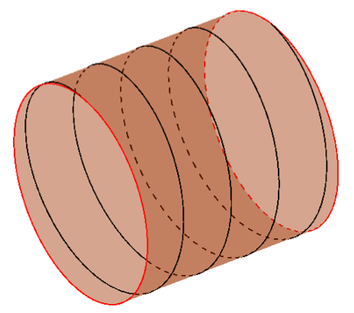PET attenuation correction with a supplemental transmission source
To obtain quantitative PET images, on needs to correct for the number of photons that were absorbed in the patient’s body. This so-called attenuation correction (AC) is in clinical settings mostly done by subsequently acquiring a CT scan. A simple bilinear scaling can convert CT Hounsfield units into PET linear attenuation coefficients. However, recently PET/MRI scanners have gained popularity while there exists no such relation between MR intensities and photon attenuation. Therefore, MR-based attenuation correction (MRAC) is a lot harder and not yet optimized for whole body PET imaging. The addition of a transmission source with a PET tracer can aid to find the attenuation correction values while keeping the dose to the patient low.
The research at Medisip lab focuses on the minimally required design for a transmission source. This is investigated in a theoretical way as well as with computer simulations. Future research will include real measurements with the theoretically optimal design.

Researcher: Ester D’Hoe